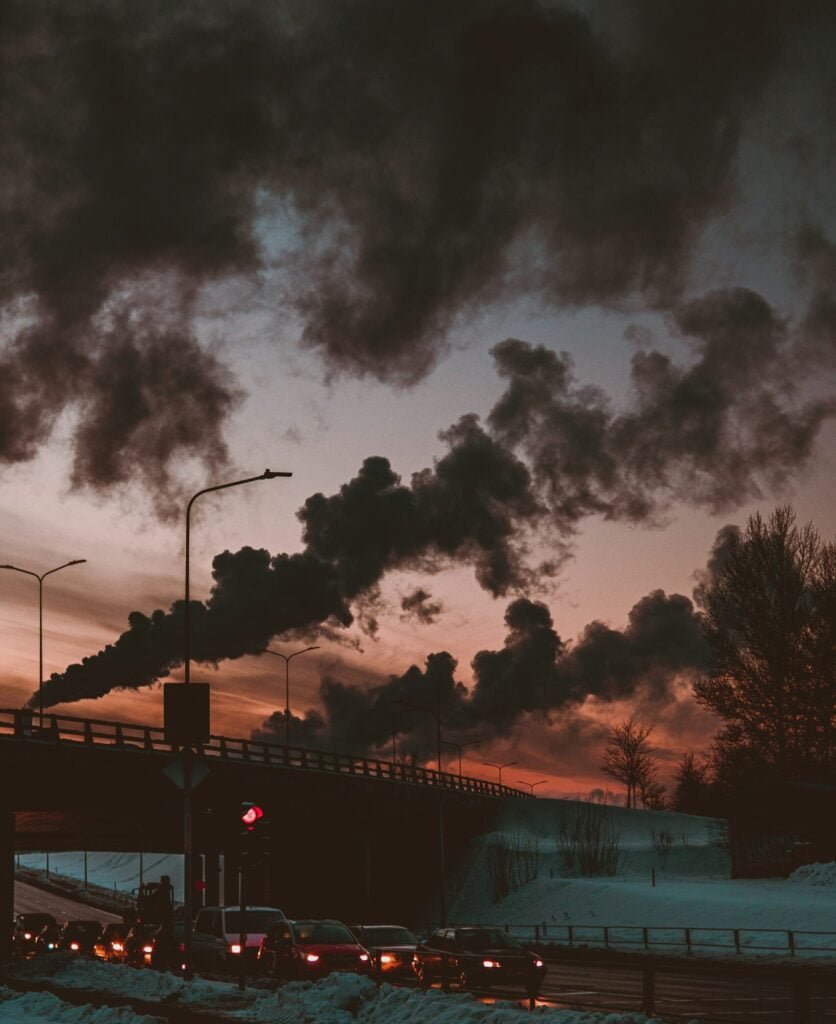What causes excessive snowfall throughout the winter?
The explanation for the increasing snow cover in some areas is that warming temperatures in typically very cold areas, although still below freezing, allow the atmosphere to hold more water, which then falls as snow. When outside temperatures are low and there is moisture in the air, small ice crystals are formed. On their own, they are tiny, but when they collide, they stick to each other and make snowflakes. When lots of these particles join together, they get heavier, and once they are heavy enough, they fall to the ground as snow.
The amount of snow cover affects human, animal, and plant life, as well as the climate. It creates a cold climate by increasing solar radiation reflection and obstructing heat conduction from the earth. Small plants are shielded from the harshest winter temperatures by low heat conduction; however, their growth is slowed down by the late melting of snow in the spring. Runoff from snowmelt in the spring replenishes rivers and provides water for agriculture and other human uses. In remote Arctic, Antarctic, and mountainous regions, heavy snowfalls can seriously impede transportation. However, they can offer a stable surface for use with modern snowmobiles, dogsleds, or snowshoes.
Excessive snowfall during the winter can be attributed to several meteorological factors and conditions, often interconnected. The primary causes include:
Moisture Availability: When there is a significant amount of moisture in the atmosphere, it can contribute to higher snowfall rates. Moisture can be sourced from bodies of water like oceans, seas, or large lakes. For example, the Great Lakes in North America can provide substantial moisture, leading to lake-effect snow.
Cold Temperatures: Persistently cold temperatures are necessary to ensure that precipitation falls as snow rather than rain. Cold air masses, typically originating from polar regions, are essential for heavy snowfall.
Weather Systems: Certain weather patterns and systems can lead to heavy snowfall.
Nor’easters: These are powerful storm systems that travel up the East Coast of the United States, bringing large amounts of snow, especially to the northeastern states.
Alberta Clippers: Fast-moving low-pressure systems that originate in the Canadian province of Alberta can bring quick bursts of snow to the northern United States.
Snow Squalls: These are intense, short-lived bursts of heavy snowfall accompanied by strong winds, often resulting in whiteout conditions.
Topography: Mountain ranges can influence snowfall amounts significantly. As moist air is forced to rise over mountains, it cools and condenses, leading to heavy snowfall on the windward side. This phenomenon is known as orographic lift.
Atmospheric Instability: When the atmosphere is unstable, it promotes the upward motion of air, which enhances cloud formation and precipitation. Atmospheric instability can result from temperature contrasts between different air masses.
Global Climate Patterns: Large-scale climate patterns such as El Niño and La Niña can influence winter weather. For example:
1. El Niño tends to bring warmer and wetter conditions to the southern United States, which can translate to more snowfall in certain areas.
2. La Niña often results in colder and wetter conditions in the northern United States, leading to increased snowfall.
Blocking Patterns: Atmospheric blocking patterns can cause weather systems to remain stationary over an area for extended periods, resulting in prolonged snowfall events.
Understanding these factors can help meteorologists predict heavy snowfall events and prepare for their impacts on society and infrastructure.



